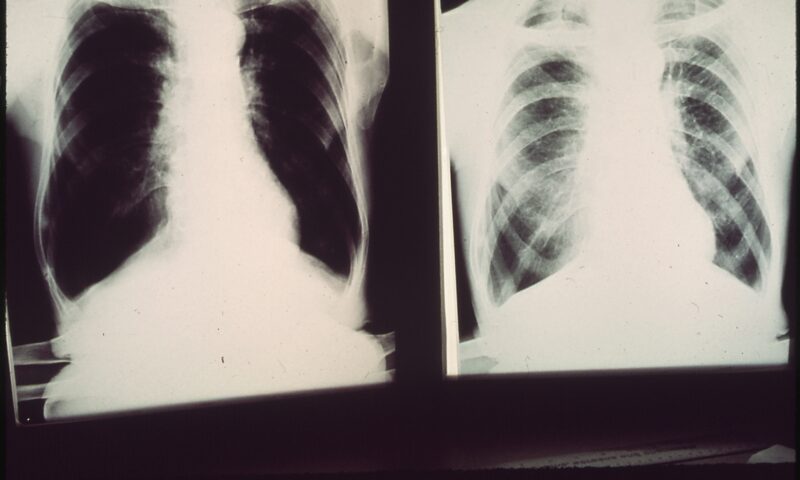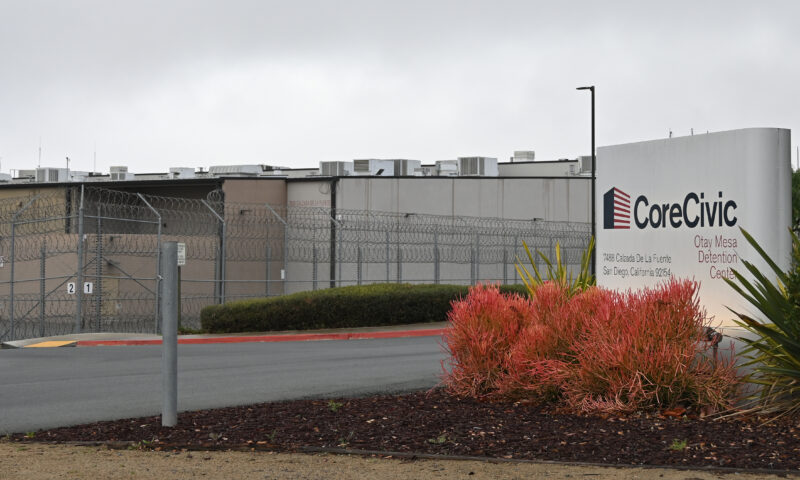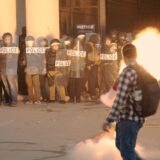Environment
The High Cost of Hot Days: LADWP and Peak Demand

In Los Angeles, the reins of power lie in the hands of a very few. By “power” I mean “electricity,” and there are only a few men and women whose job it is to procure and dispense it. Last week I wrote about the “Magic City,” and all the unseen infrastructure and work that goes into delivering the power and water that we city dwellers usually take for granted. There may be no better example of this unseen work than a certain unremarkable-looking Los Angeles Department of Water and Power building. Inside is a two-story main control room lined with a schematic map of the power system, a 180-degree wrap-around diagram that lights up where there are trouble spots and gives workers a robotic bird’s-eye view of L.A.
It is from this nondescript building that the LADWP brings in electricity from all over the American West, no easy task considering that our usage varies dramatically depending on the season and time of day. My tour of this facility started in a small room upstairs where staff showed me the day’s expected load profile, a graph predicting when we will use energy and how much we will use. (See chart, above.) My tour guides, two jovial men with an exhaustive knowledge of system operations, talked a mile a minute about the details of meeting power demand while we watched the line describing real use draw over the predicted curve. The lines were remarkably close. The curve started at a low point in the middle of the night. It dipped slightly when the street lights went off, then increased during the day until it peaked sometime in the afternoon.
This is when, in hot weather, power is at a premium. In the winter, when the weather is colder, demand never gets particularly high. (Angelenos heat mostly with gas.) But in the summer, we run to our air conditioners, and by mid-afternoon on a hot day we are making our biggest power demands of the year. This demand is the hardest to meet, and meeting it doesn’t come cheaply.
“Those are the most expensive megawatts,” one staff member tells me. “If you can find them.…”
And finding and delivering megawatts is not a straightforward task, even on a day without exceptional demand. It’s like conducting an orchestra of incredibly complex instruments played by the weather and performed for a fickle audience that demands sometimes more, sometimes less volume.
Imagine coloring in that demand curve we were watching, filling it in with different natural resources. LADWP staff first brings in wind, a capricious power source that still eludes attempts at prediction. Then they load in coal and gas (L.A. still gets almost 40 percent of its electricity from coal-fired plants). Biogas and geothermal are in there too, in small amounts, but “hydro” – power generated by running water – is a bigger power source and a favorite, because it is easily “dispatchable,” meaning it can be sent where it is needed, and because it is fast-acting and can be called up on short notice. While hydro is used regularly, during times of intense demand the LADWP “shaves peak” with it, using it to deliver the extra power the city needs on really hot, busy workdays.
All this effort goes to keeping the lights on. “It’s sort of a simple charge,” says one systems operator. But it is a difficult one.
Not all utilities are equally good at meeting the charge. Just a little over one year ago, a mistake by an employee at a neighboring utility triggered a cascading outage that knocked out power through a large swatch of Southern California, Arizona and parts of Mexico. It snarled traffic, shut down San Diego International Airport, and left more than a million customers without air conditioning as temperatures in some places topped 110 degrees F. It is this type of mistake that the LADWP is trying to avoid, and so far they have – the result of years of good practices and keen planning.
If I sound like I’m impressed, it’s because I am, and all the more so after our recent heat wave. September often sees Los Angeles’ hottest days. It was on September 27, 2010 that the city set its record for electricity consumption during a blazing early autumn day when record-breaking 113-degree heat sent us scurrying to our air conditioners and led to an eye-popping peak consumption of 6142 megawatts. To put that in perspective, a typical winter afternoon might only see Los Angeles use half that much.
That’s a lot of electricity to ask for at one time, and it explains why the LADWP begs people to keep their use low during hot workdays, when businesses and schools have their lights and air conditioning running and we are all racing through our busy schedules, gobbling up power as we go. Cutting electricity use in the middle of the night or the middle of winter helps save the environment and reduce air pollution, but it’s cutting peak use that really saves the utility (and hence all of us) money.
Why? Because the LADWP has to build enough power plants and other power sources to meet peak demand. Otherwise the power will go out during those times, leaving people hot, unproductive, and really, really unhappy – and with less money, as power outages are also expensive.
The problem is that after building generating capacity to accommodate peak demand, the capacity sits idle for most of the year. And if the department doesn’t build the power plants itself, it has to buy that power on the open market — the really expensive megawatts staff told me about on the tour. The less we use during our hottest days, the less money the LADWP must shell out for new infrastructure and expensive, imported power. That’s a big part of the reason that LADWP recently doubled its energy efficiency budget, including programs supported by RePower LA, which provide weatherization and efficiency upgrades to homes and businesses.
So what’s the lesson here? Support energy efficiency, and watch that power use, especially on hot days. Acquiring it is difficult for the LADWP and expensive for everyone. We could all save millions, or maybe even billions, of dollars on infrastructure by managing that power just a little more wisely.

-

 Latest NewsJune 17, 2025
Latest NewsJune 17, 2025A Coal Miner’s Daughter Takes on DOGE to Protect Miners’ Health
-

 Beyond the BorderJune 10, 2025
Beyond the BorderJune 10, 2025Detained Man Says ICE Isn’t Treating His Colon Cancer
-

 Column - State of InequalityJune 12, 2025
Column - State of InequalityJune 12, 2025‘Patients Will Suffer. Patients Will Die.’ Why California’s Rural Hospitals Are Flatlining.
-

 Featured VideoJune 10, 2025
Featured VideoJune 10, 2025Police Violently Crack Down on L.A. Protests
-

 Column - California UncoveredJune 18, 2025
Column - California UncoveredJune 18, 2025Can Gov. Gavin Newsom Make Californians Healthier?
-

 The SlickJune 6, 2025
The SlickJune 6, 2025Pennsylvania Has Failed Environmental Justice Communities for Years. A New Bill Could Change That.
-

 Latest NewsJune 6, 2025
Latest NewsJune 6, 2025Trump Won Big in Kentucky. Medicaid Cuts Could Hit It Hard.
-

 Latest NewsJune 6, 2025
Latest NewsJune 6, 2025Before Attacking Each Other, Musk and Trump Struck Blows Against Veterans, Children, the Hungry and the Sick

